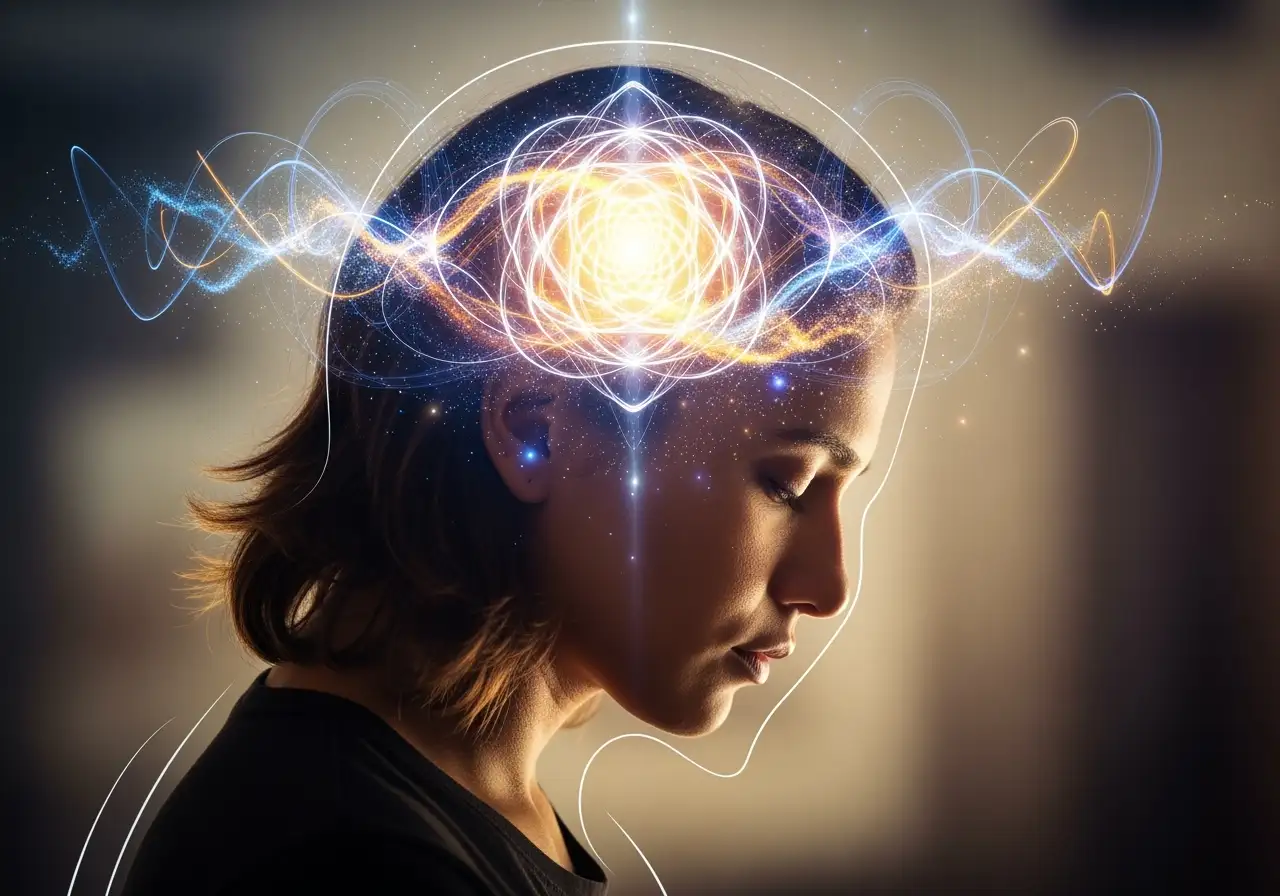Your Mind The Architect of Experienced Reality
Your Mind The Architect of Experienced Reality
In a world that often champions objective facts and external circumstances as the sole determinants of our experience, the idea that your mind actively shapes your reality can feel profoundly counter-intuitive, almost revolutionary. Yet, this profound concept, central to the Quantum Mindfulness framework, is far from new. It echoes through centuries of human thought, from ancient philosophical schools to cutting-edge modern psychological insights, revealing a timeless understanding of the intricate dance between consciousness and experience.
The prevailing Western view often posits that reality exists “out there,” entirely independent of our perception, and our minds merely serve as passive observers. While this objective reality certainly exists and provides the fundamental bones of reality, the Quantum Mindfulness framework invites us into the equally critical realm of subjective reality — the world as it is experienced by you. This distinction is paramount. Consider the sound of a car horn: objectively, it’s a specific frequency of sound waves. But whether you experience it as an annoying disturbance, a neutral signal, or a comforting reminder of urban life depends entirely on your internal state, your past associations, and your current focus. This individual interpretation is where the mind’s active role in constructing experienced reality truly begins.
The notion that perception is not merely passive reception but active construction has deep philosophical roots, resonating across diverse traditions. Ancient Eastern philosophies, particularly various schools of Buddhism and Hinduism, have long emphasized the illusory nature of external reality, often referring to it as maya. They suggest that our suffering frequently stems from our attachment to mental constructs and interpretations rather than from the world itself. These traditions teach practices designed to refine consciousness, not just to see the world more clearly, but to fundamentally understand how our minds actively create the world we experience. Such practices engage the psycho-meditative dimension, allowing for a structured understanding of internal processes and fostering intentional collapse of mental states.
Similarly, in Western philosophy, thinkers have grappled with the mind’s pivotal role. The Stoics, for instance, championed controlling one’s reactions rather than external events, a principle that aligns with modern emotional regulation techniques engaging the psycho-protective dimension. Idealists like George Berkeley famously argued “to be is to be perceived,” directly challenging the idea of an independent material world. More recently, constructivism in psychology posits that individuals create their own subjective understanding and knowledge of the world through experiencing and reflecting on those experiences. Even contemporary neuroscience increasingly recognizes how the brain actively predicts and constructs our sensory experience, rather than just passively receiving raw data. This reinforces the core Quantum Mindfulness principle: the mind controls the brain.
The Quantum Mindfulness framework does not propose that you can simply “wish away” objective challenges or negate the unyielding bones of reality. Instead, it draws on this rich historical tapestry to highlight that while you may not control every external event, you possess immense power over your experienced reality of those events. It is about shifting from being a passive recipient of circumstances, caught in unconscious reactive collapse patterns, to becoming an active co-creator of your internal world through conscious reality construction.
This transformation is enabled by understanding the dynamic interplay of your psychodynamic dimensions. For instance, the psycho-volitional dimension (Pd1), the very source of will, initiates the cognitive processes that lead to psychodynamic collapse. When you apply conscious attention, a probabilistic mental state, or cognitive superposition, begins to resolve into a singular, definite actualized experience. This is not a random process; it is influenced by your cognitive appraisal, which is a high-level judgment informed by the observation itself, your inherent disposition, and even the inertia of the past from previous mental states.
By recognizing the ancient and enduring wisdom behind the mind’s active role in shaping reality, we gain a context that empowers us. This isn’t a mystical leap but a return to fundamental truths about human consciousness and its inherent capacity for active mastery. The profound implications of this insight form the bedrock of the Quantum Mindfulness approach, offering a pathway to conscious living that transcends mere reaction. Through practices that cultivate dimensional literacy and foster perceptual freedom, individuals can learn to guide the psychodynamic collapse process more intentionally. The full methodology, detailed in the Quantum Mindfulness teachings, builds upon this understanding, guiding you to harness this age-old wisdom for navigating and transforming modern-day challenges and psychological disharmony with greater agency and purpose.






